Have you ever heard the saying that abs are made in the kitchen? There’s truth behind those words. You can work your booty off in the gym day in and day out, but if your diet and nutrition isn’t following suit, you’re not going to see the results you’ve been working so hard to achieve. You may, in fact, be actually hindering your progress by spending too much time focusing on the exercise portion of your transformation and too little on the food you’re choosing to fuel your body with.
(Image: Wooden Earth Cutlery)
If you think of your body like you think of a car, what happens when you don’t fill up the tank with enough gas? Before you know it, you’re running on fumes and in danger of stopping completely, right? The same thing happens to our bodies. I’ve broken down protein confusions and the power of macros, and similar to both of those, fiber is an important part of how everything functions.? Fitness and food go hand-in-hand, guys!
Fiber & Fitness: How Fiber Can Impact Your Weight Loss + Transformation Goals
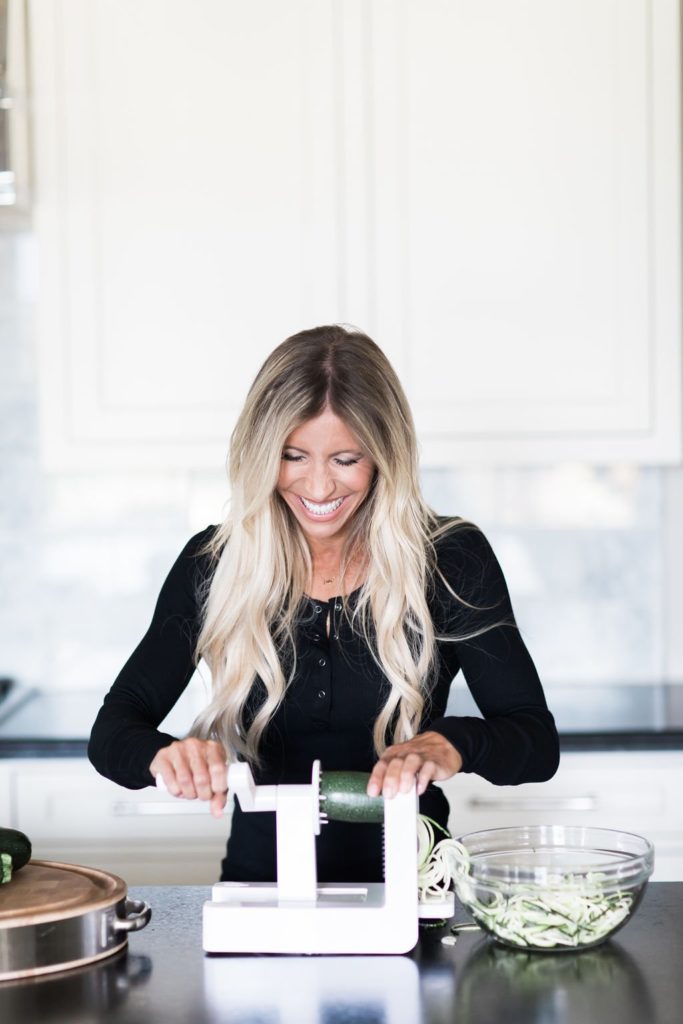
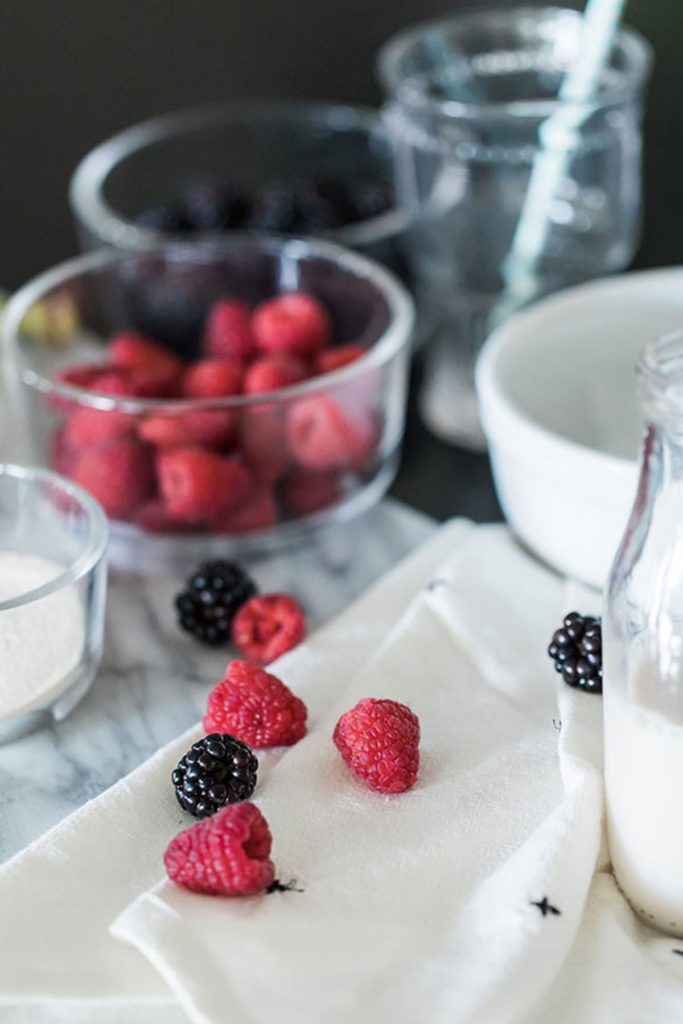
I know I’ve already dropped a lot of “F” bombs with this whole fitness + food chatter, but I’m not done! I have one more “F” word on my mind that’s just as important: FIBER. Fiber and fitness also go hand-in-hand, but I’m willing to bet you never spend any time thinking about what fiber is, what it does, and how it can affect your transformation goals, do ya?! That’s all about to change!
Fiber’s Impact on Transformation Goals
Let’s jump right into the big question here: does fiber matter and does it impact your weight loss goals? The answer is yes. Too little fiber in our diets can cause one major annoyance: constipation. Which can also lead to weight gain. It’s your body’s way of telling you, “Hey…I’m lacking something here, guys!” When you get enough fiber in your daily diet (25g for women, 38g for men), you’ll find yourself fueling your body to better power through workouts, and you may even notice general overall feelings of well-being: better sleep, better cholesterol and blood sugar levels, better digestion, and longer satiety. Plus, people who consistently take in enough fiber are more likely to live longer. Talk about wins all around!

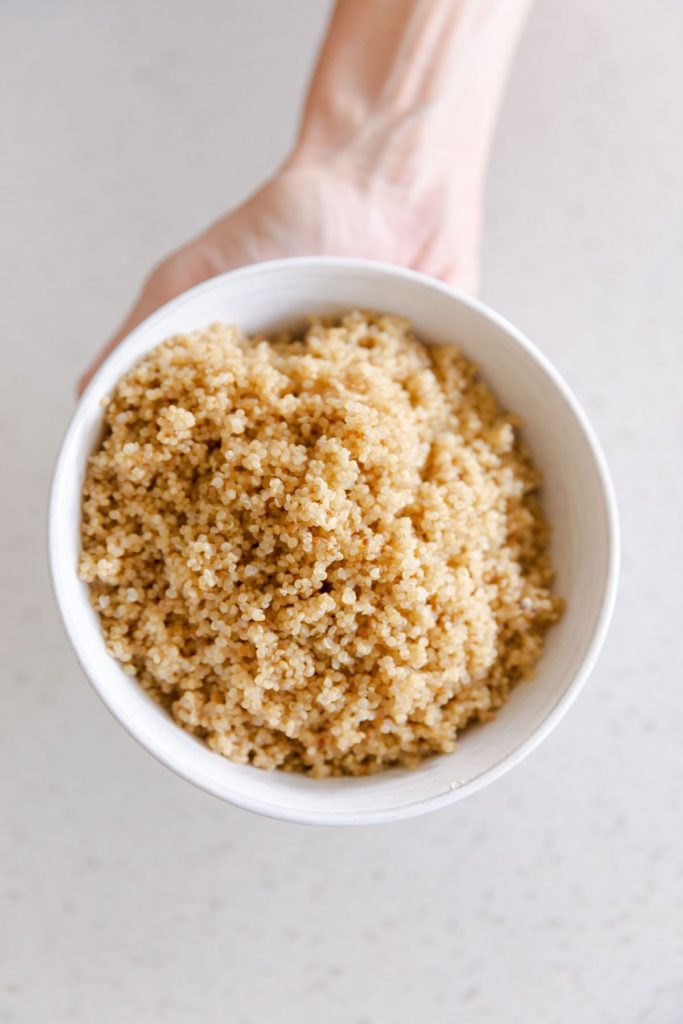
Another great little trick that fiber brings to the table is it fills you up. That’s right! When you eat more fiber, you’re going to feel fuller for longer periods of time. This means you’re going to be that much less likely to grab those refined sugars. Remember all those sugary treats I mentioned earlier?! Refined carbs can wreak havoc on your transformation they’re not called “no brakes” foods for nothing! Once you start eating, it’s hard to stop. That’s why grabbing a high-fiber snack is so much better all around. Your body will utilize more energy to digest it, plus it’ll leave you feeling satisfied so you’re less likely to keep snacking once your plate is empty. One of my favorite ways to enjoy a high fiber snack is eating fresh fruit. One cup of raspberries yields about 8g of fiber and less than 65 calories. See? Not all snacking is created equally!
What Does Fiber Actually Do?
Fiber is essential for keeping our machines well oiled and running smoothly. It helps prevent diseases such as diabetes, cancer, heart disease, diverticulitis, hemorrhoids, and more. When we eat a diet too little in fiber, we can experience all sorts of digestive discomfort as well as just feeling sluggish and not up to par. If you look at someone who eats little to no fiber vs someone whose diet is high in fiber, you’ll also probably notice a difference in energy levels.


Types of Fiber
It’s no lie that yes, fiber is indeed a carb. But guys, carbs get a bad rap. It’s not that carbs are what cause you to gain weight, like so many people think and buy into the myth, it’s just that carbs are the easiest of the macros to overeat. I’m talking about REFINED carbs, though. The white sugars. The simple carbs, the ones that once you eat a bite of, you are instantly hungry for more. Those cookies, candies, sweets, cakes, and chips that fill up our pantries and keep our goal jeans sitting in the drawer. Instead of reaching for those sugary snacks, reach for complex carbs, things like whole grains, potatoes, and fiber-rich foods.
Fiber comes in two forms: soluble and insoluble. Basically, these refer to fiber’s ability to bind to water within the body.
- Soluble fiber slows our digestion, which can help prevent blood sugar spikes and lower bad cholesterol levels.
- Insoluble fiber adds bulk to our stools and helps our food move more quickly through the stomach and intestines (aka giving us better digestion).
Basically, fiber isn’t easily digestible, but that’s a good thing. It adds bulk to our digestive process, which makes our bodies work a little harder and take a little longer to process all that’s going on, leading us to feeling fuller for longer periods of time and less likely to keep mindlessly snacking. High-fiber foods are going to trigger our bodies to work that much harder, and ultimately, burn more energy digesting the foods we’re eating.
What Foods Are High in Fiber?
Lots of foods are high in fiber, which makes it that much easier to consume enough every day once we start to pay attention to what we’re eating!
- fruits
- veggies
- nuts
- beans
- high fiber cereals
When in doubt, add extra veggies to your meal. Click here to see a list of high fiber foods by rank. They’re not going to add a huge spike in calories, but we will get an extra serving of fiber or two. 😉 While adding fiber into your diet is a good thing, be aware of supplemental fibers, which can often come with added sugar. Instead, opt for fresh, whole foods as a way of increasing your overall fiber intake.
What are some tips and tricks you’ve learned to get more fiber into your daily food routine? Bonus points if you have a recipe to share!
xo
Related reading:
Grocery Review: How to Choose a Protein Bar
15 Foods That Will Help You Feel Full (And Actually Taste Delicious)
Taste the Rainbow: Best Ways to Eat More Fruits + Veggies
Immune-Boosting Tips to Stay Fit + Healthy
Fruit Juice Popsicles & Other Quick Snack Mom Hacks

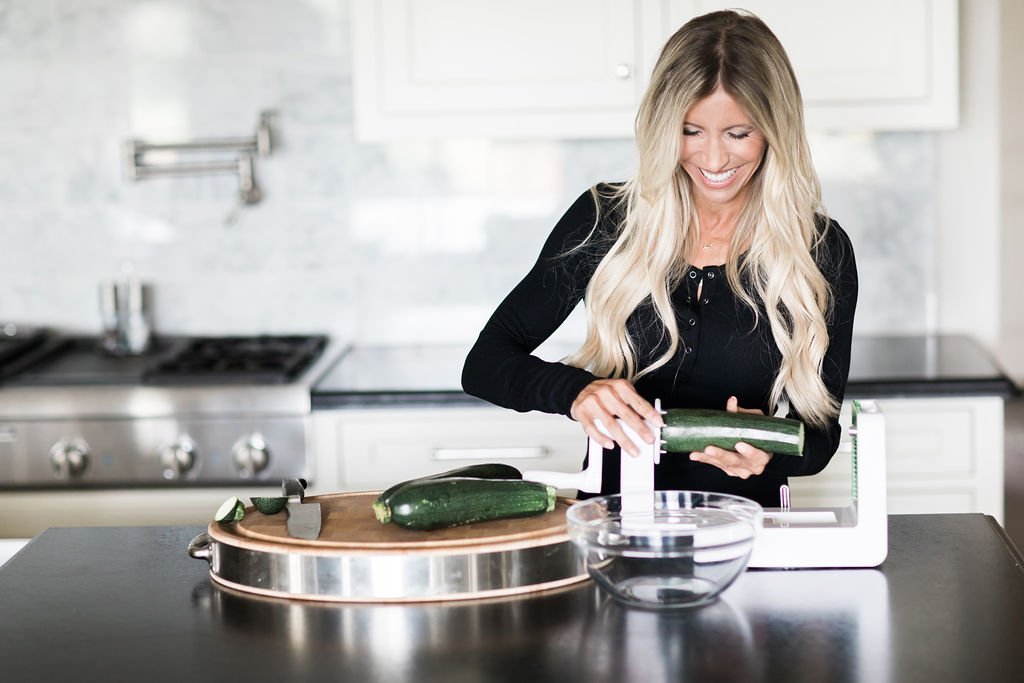

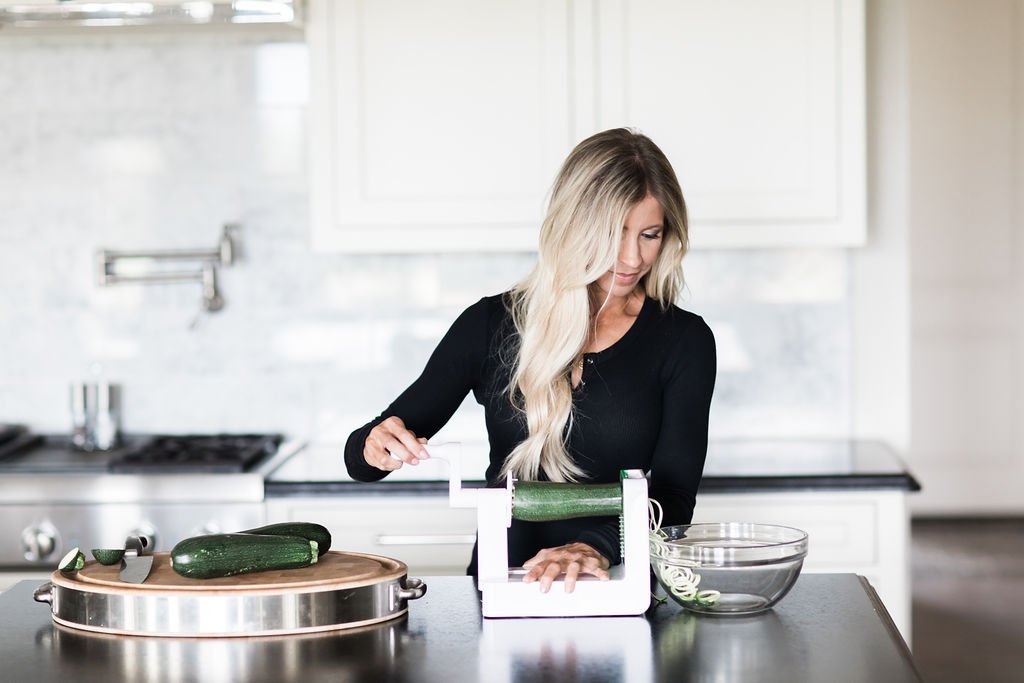
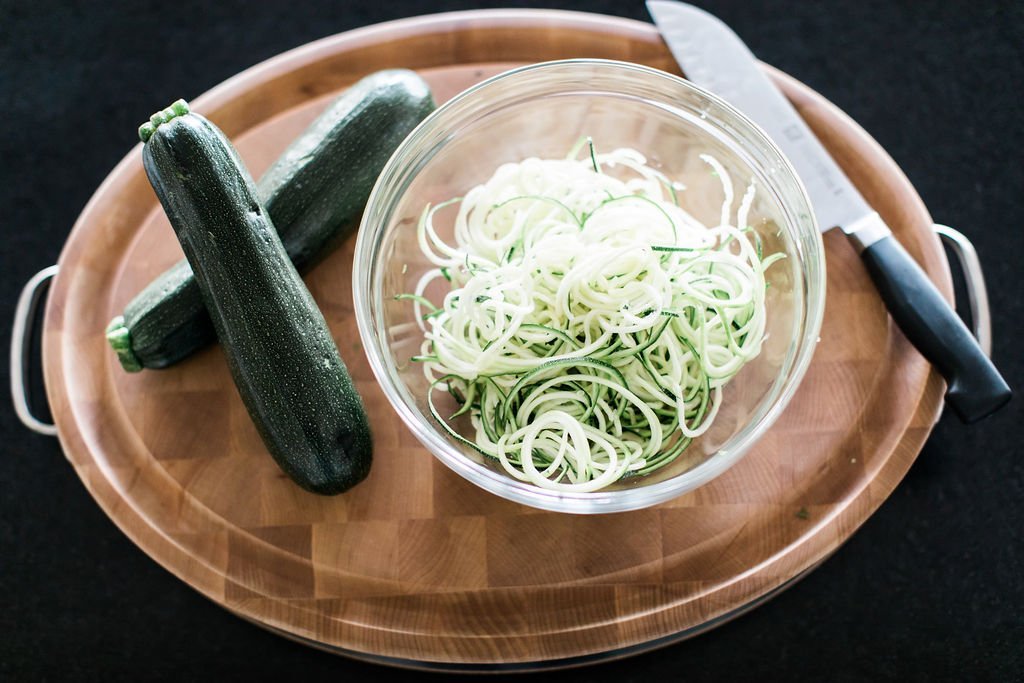


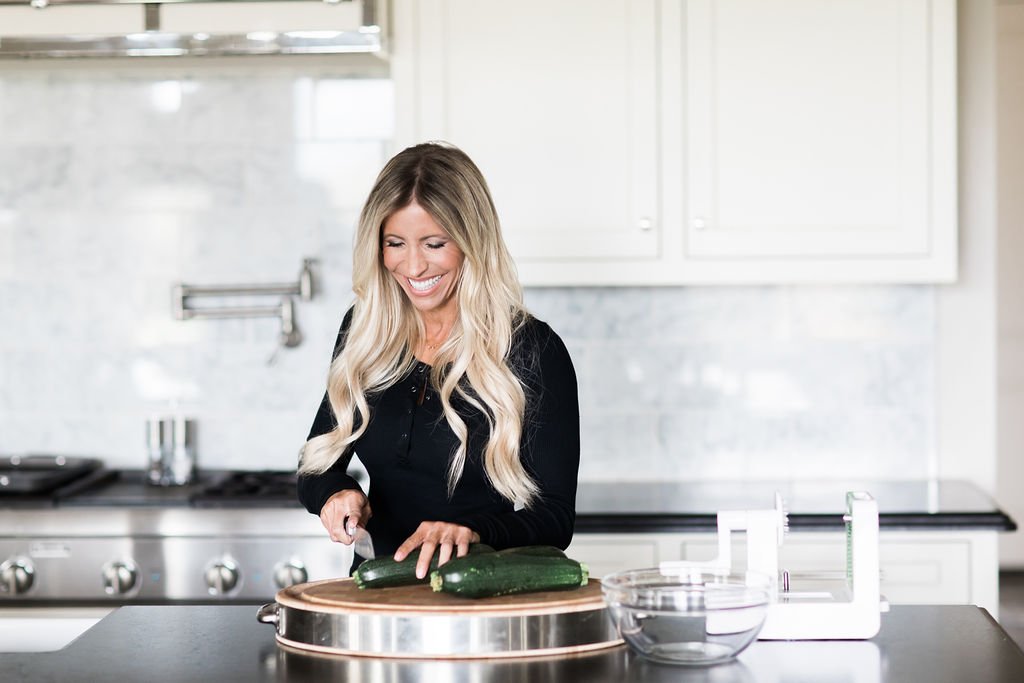


2 Responses
Earlier I was looking at the nutrition information on your different recipes, and I was actually surprised that you do not list the fiber grams in this information. Then I came across this article about fiber, so I’m even more baffled at why that information wouldn’t be included in your recipe nutrition label. I hope that you will consider putting this information in on your recipes as it would be very helpful. Thank you, June
Amazing article, thank you!
I?ve been working on increasing my fibre and this article just reaffirms the benefits, in simplified terms